50+ Sample Conference Request For Proposal
-
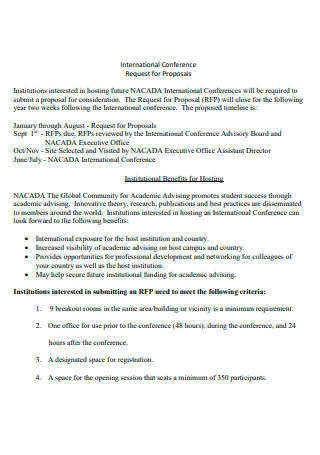
International Conference Request For Proposal
download now -
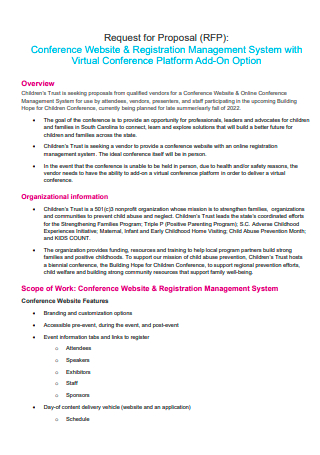
Virtual Conference Request For Proposal
download now -
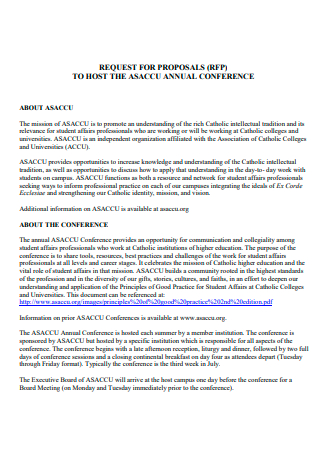
Annual Conference Request For Proposal
download now -
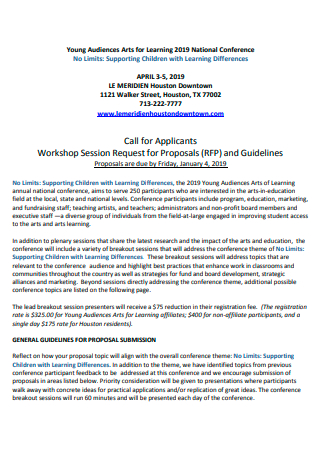
National Conference Workshop Session Request For Proposal
download now -
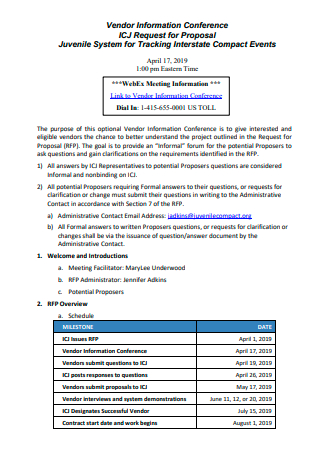
Vendor Information Conference Request For Proposal
download now -
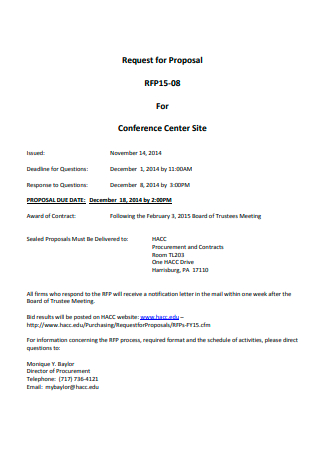
Conference Center Site Request For Proposal
download now -
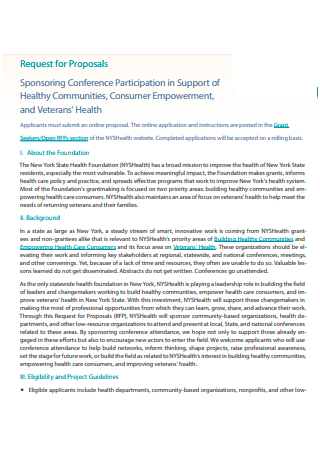
Conference Participation Request For Proposal
download now -
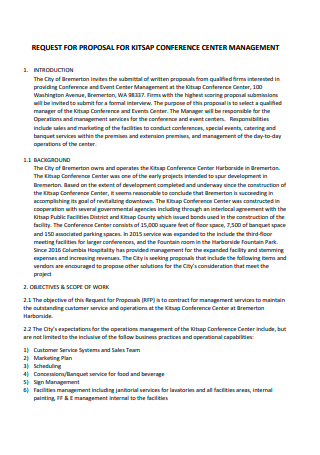
Conference Center Management Request For Proposal
download now -
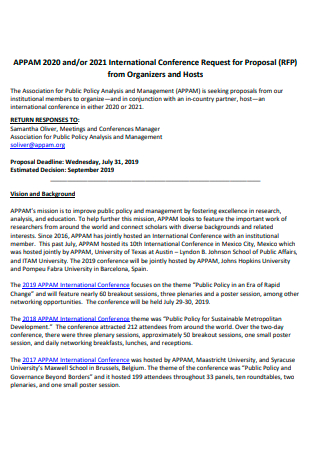
International Conference Request For Proposal From Organizers
download now -
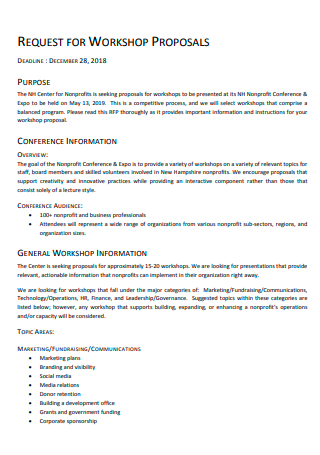
Conference Request For Workshop Proposal
download now -

Tourism Conference Service Provider Request For Proposal
download now -
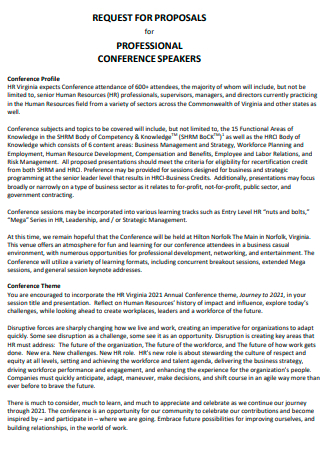
Professional Conference Speakers Request For Proposal
download now -
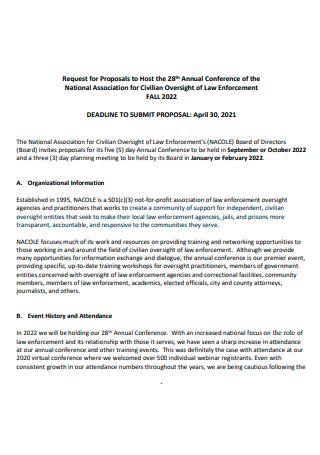
Annual Conference of National Association Request For Proposal
download now -
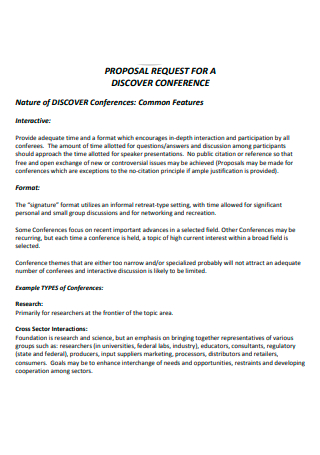
Nature of Discover Conference Request For Proposal
download now -
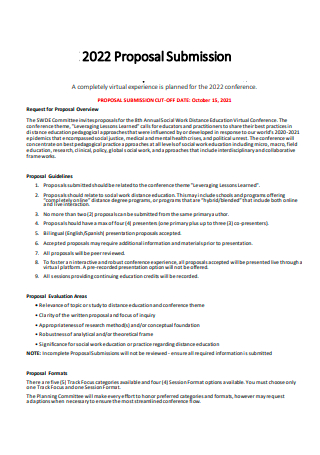
Conference Request For Proposal Submission
download now -
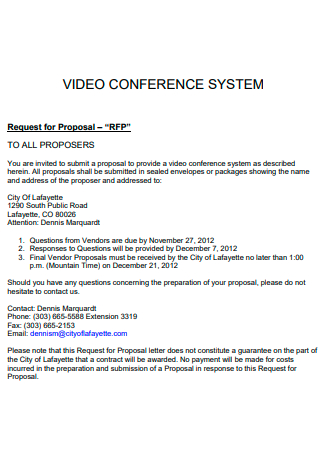
Video Conference System Request For Proposal
download now -
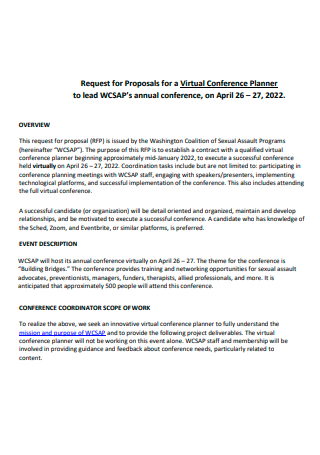
Virtual Conference Planner Request for Proposal
download now -
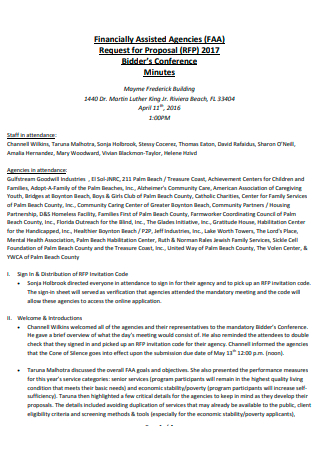
Conference Minutes Request For Proposal
download now -
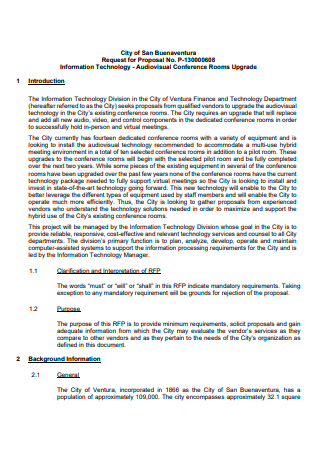
Audio Visual Conference Request For Proposal
download now -
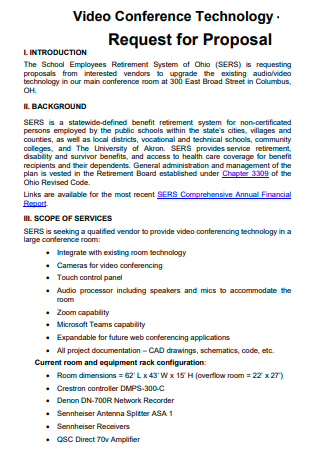
Video Conference Technology Request For Proposal
download now -
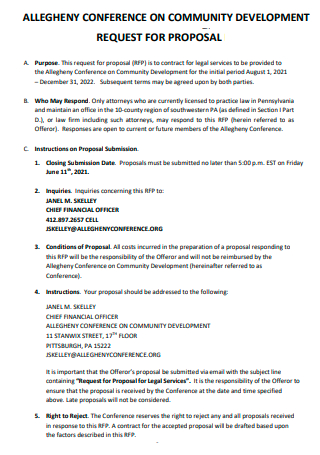
Conference on Community Development Request For Proposal
download now -
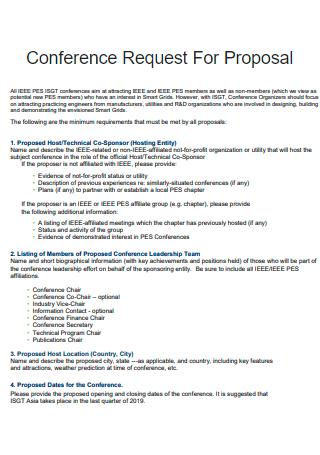
Conference Request For Proposal in PDF
download now -
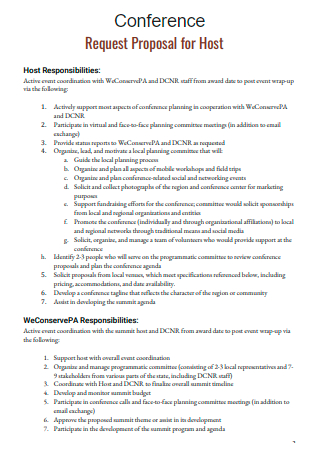
Conference Request For Proposal For Host
download now -
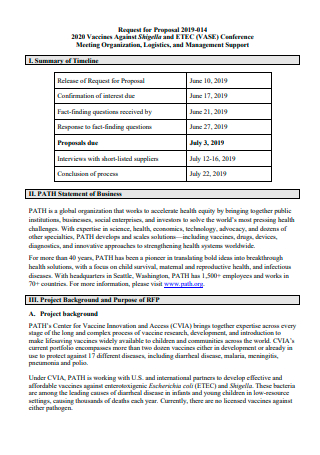
Conference Meeting Request For Proposal
download now -

Conference Program Request For Proposal
download now -
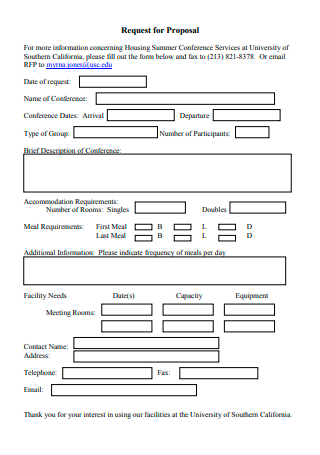
Housing Summer Conference Services Request For Proposal
download now -
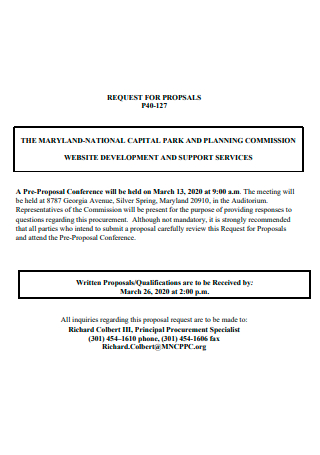
Conference Request For Pre-Proposal
download now -
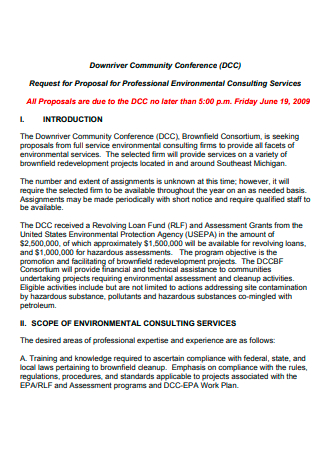
Community Conference Request For Proposal
download now -
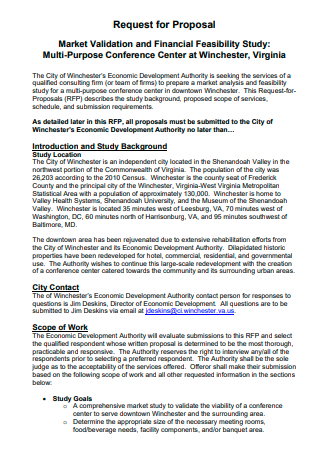
Conference Center Request for Proposal
download now -
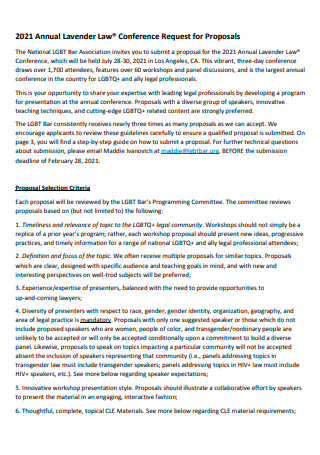
Annual Law Conference Request For Proposal
download now -
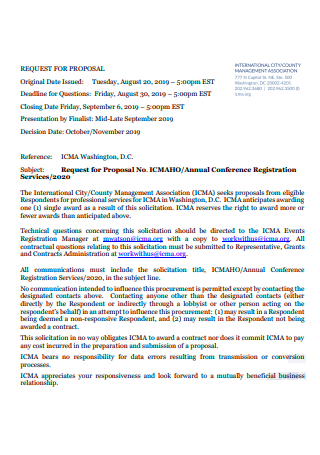
Annual Conference Registration Services Request For Proposal
download now -
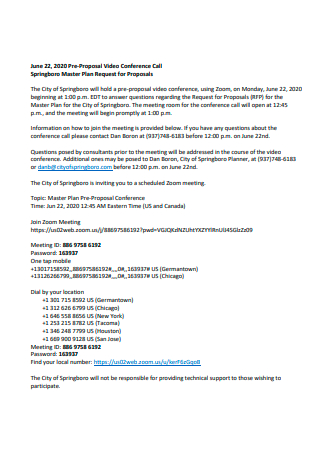
Video Conference Call Request For Proposal
download now -
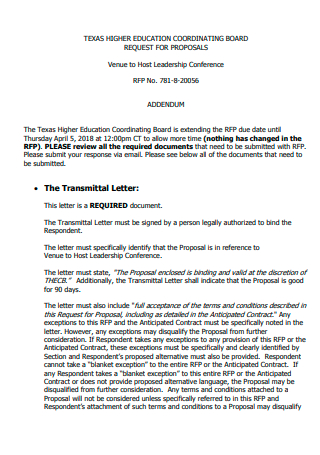
Venue to Host Leadership Conference Request For Proposal
download now -
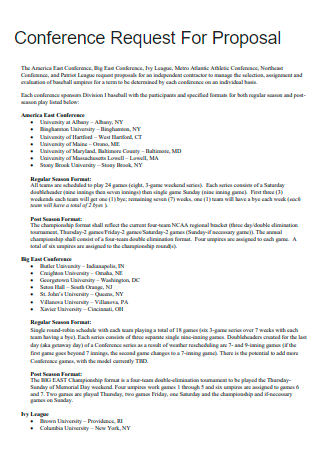
Simple Conference Request For Proposal
download now -
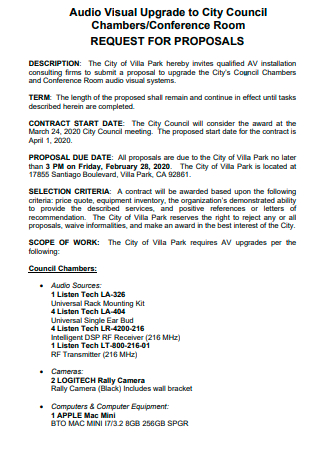
Conference Room Request For Proposal
download now -
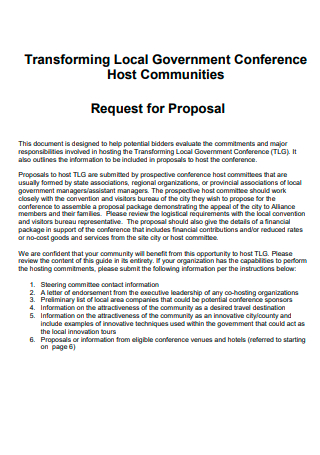
Transforming Local Government Conference Request For Proposal
download now -
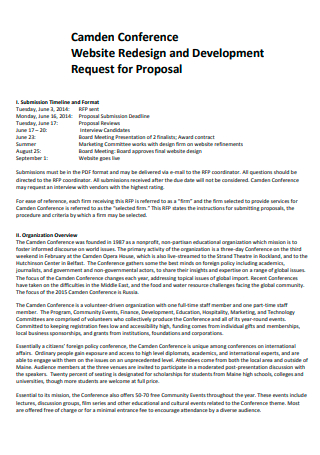
Conference Website Redesign and Development Request For Proposal
download now -
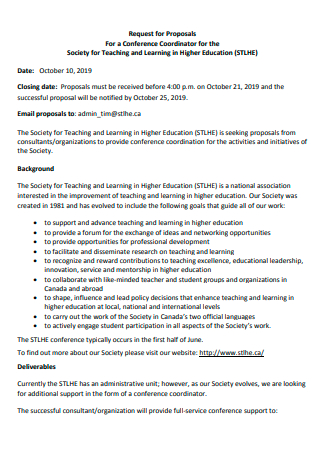
Conference Coordinator Request For Proposal
download now -
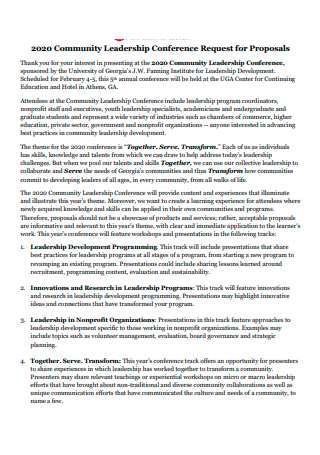
Community Leadership Conference Request for Proposal
download now -
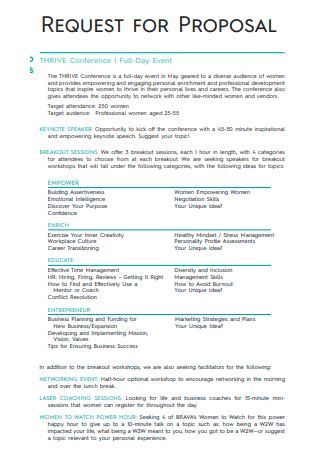
Printable Conference Request For Proposal
download now -
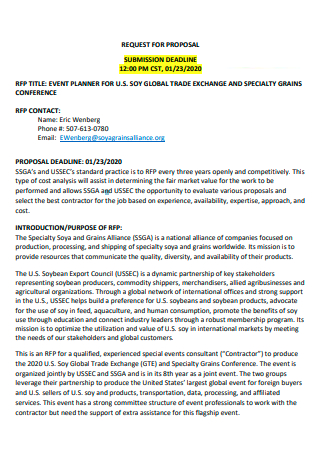
Formal Conference Request For Proposal
download now -
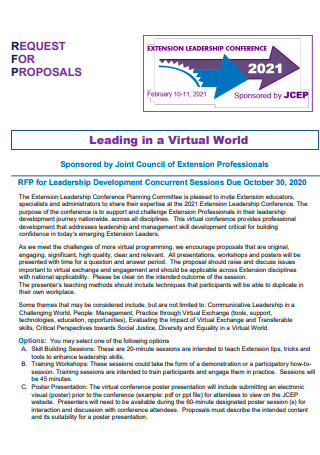
Extension Leadership Conference Request For Proposal
download now -
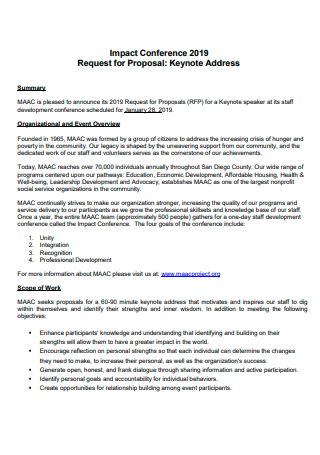
Impact Conference Request For Proposal
download now -

Conference and Exhibition Request For Proposal
download now -
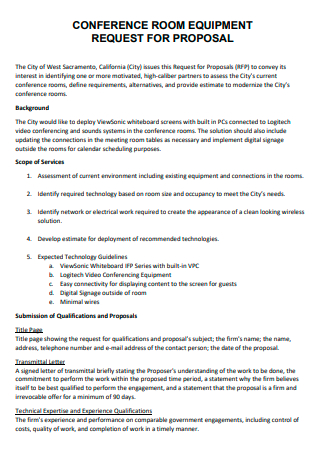
Conference Room Equipment Request For Proposal
download now -
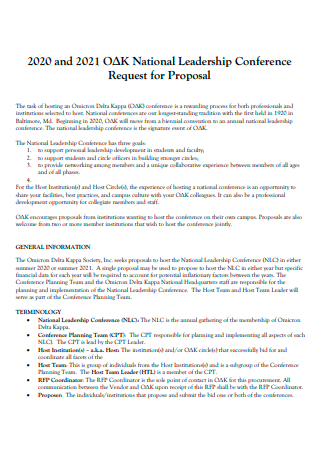
National Leadership Conference Request For Proposal
download now -
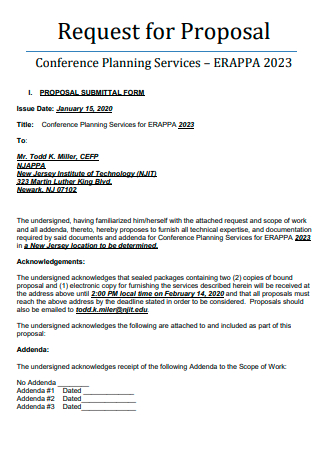
Conference Planning Services Request For Proposal
download now -
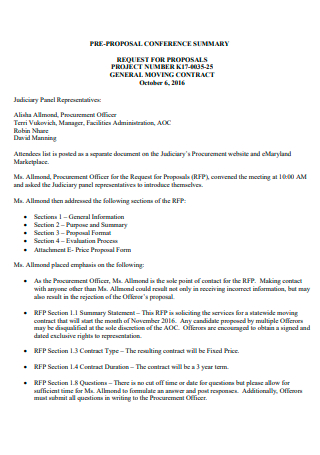
Conference Summary Request For Proposal
download now -
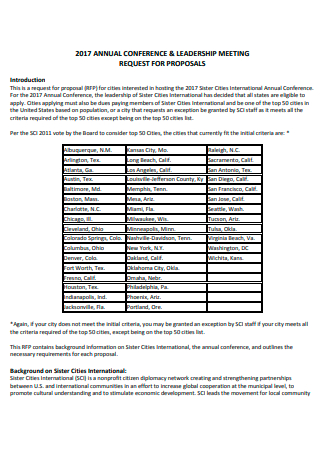
Annual Conference and Leadership Meeting Request For Proposal
download now -
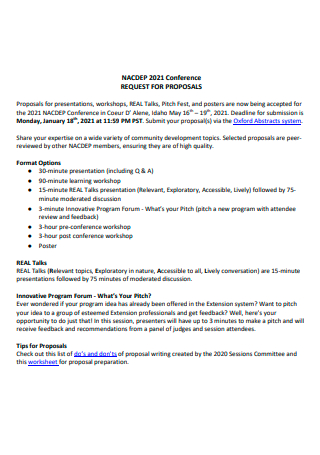
Conference Request For Proposal Format
download now -
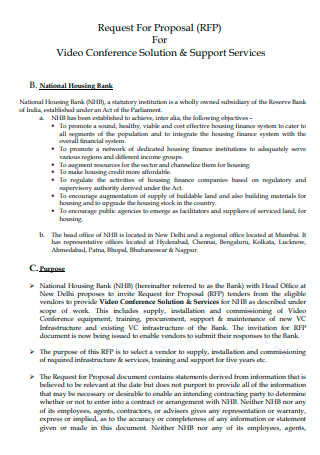
Video Conference Solution and Support Services Request For Proposal
download now
FREE Conference Request for Proposal s to Download
50+ Sample Conference Request For Proposal
What Is a Conference Request for Proposal?
Requirements of a Conference
Benefits Of Holding a Virtual Conference
How to Create a Conference Request for Proposal
FAQs
How do I write a conference proposal?
What is a proposal for a conference?
How do you ask for a proposal?
What Is a Conference Request for Proposal?
A conference request for proposal is a formal document that announces or calls for partners to participate in a conference. Conference organizers can call for presenters, resource persons, and even vendors to partner with them.
According to a recent report by Vimeo, virtual events- such as webinars and online conferences- have increased in popularity by 35% since 2020. The same article also reports that 27% of survey respondents expect to attend more virtual events in the future.
Requirements of a Conference
A lot of planning and preparation can go into a conference. Whether it is a small and intimate workshop or a large-scale conference, there are several requirements that organizers need to tick off their checklist. The following are just some of those major conference requirements.
Benefits Of Holding a Virtual Conference
When the global pandemic struck in 2020, many industries had to adapt and innovate in order to survive. The events industry was no exception. Since mass gatherings were put on hold, conference organizers had no choice but to migrate online. Today, the age of webinars and remote meetings have slowly become the norm. The following examples describe some of the major benefits of holding and attending virtual conferences.
How to Create a Conference Request for Proposal
To create a conference request for proposal, you need to know what you are looking for. But if you want a quick and convenient way to draft one, using a sample template is your best bet. Browse and customize a template of your choice from the selection above and follow these guided steps.
Step 1: Provide a General Background
Before diving into the objectives and requirements of the conference, you need to provide an adequate amount of information about your organization and about the conference. Those interested to partner with you would require some background of what your organization is and what it is that you do. This information would enable them to figure out for themselves if their goals, vision, and interests are aligned with the organization’s. This introductory section does need to be long, a brief paragraph or two should suffice. Just make sure to keep it engaging yet direct to the point.
Step 2: Establish the Conference Objectives
Since a conference RFP is essentially a call for partners and presenters, you need to clearly establish what it is you are looking for in a partner. Interested presenters or potential resource persons would want to know as much as they can about the event before committing to it. Thus, a comprehensive list of objectives must be present in your request for proposal form. By narrowing the objectives down, you can be sure that those who respond to the call for proposals are aligned with you or your organizing committee. Simply put, it is important to write not only clear and descriptive objectives, but also specific conference outcomes.
Step 3: Define the Scope of Work
Once you have provided sufficient background and laid out the specific conference objectives, you need to offer a helpful description of the work the event entails. Defining the scope of work is important for any potential presenter or facilitator because it will give them a clear picture or idea of what they are required to do. This not only clarifies roles and responsibilities, but also helps manage expectations. Scope of work should describe the requirements of being a conference partner or presenter. Lastly, this section can be presented in paragraph form or if you prefer to be more direct, using bullet points is fine too.
Step 4: Provide Clear Guidelines
After defining the scope of work, state the terms and conditions that will guide the interested party. Guidelines are important so potential partners and presenters know what to expect and how to shape their proposal accordingly. There must be fair ground rules for the submission of proposals so that all interested parties start on a level playing field. Providing guidelines is also a powerful indicator of comprehension whether or not they are able to follow instructions in their final proposal. As much as possible, be specific with the terms and conditions. Further, guidelines may be enumerated numerically or listed in simple bullet points.
FAQs
How do I write a conference proposal?
To write a conference proposal, you need to have a firm grasp of the objectives of the conference. If you are tasked to give a presentation, it helps to know your audience and to have done extensive research on the topic.
What is a proposal for a conference?
It is a formal written proposal that contains detailed information of a lecture or performance and is drafted for the purpose of presenting it at a conference.
How do you ask for a proposal?
A standard conference request for proposal or RFP is one way of soliciting proposals for a conference session, seminar, workshop or any similar event.
To ensure that your conference meets its goals and objectives, you need to craft the right program and select the appropriate resource persons for it. A standard request for proposal process can help you work towards that goal! Browse the extensive library of sample templates above to get started on your own form today!
